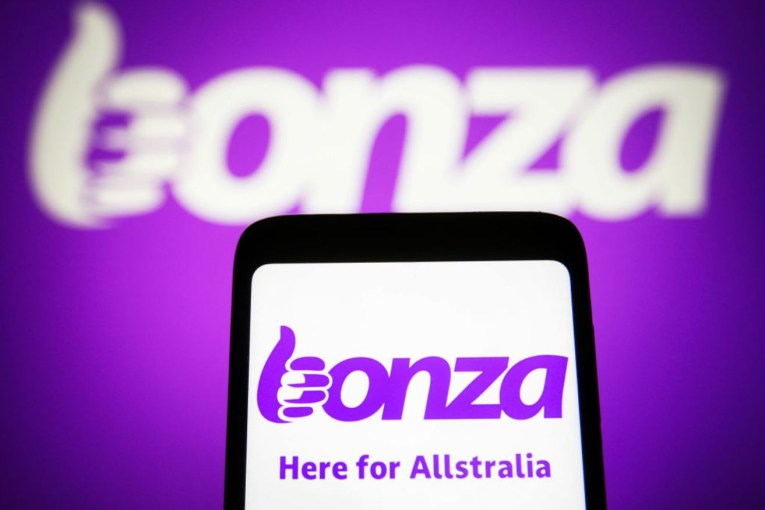All eyes on RBA as talk of a shock rate cut mounts
With interest rates already at historic lows, borrowers could be forgiven for thinking a rate cut at Tuesday’s Reserve Bank board meeting would be too good to be true, especially with Christmas still to come out of the family budget.
But experts say the chances of a surprise cut are rising thanks to growing challenges in the national economy. There’s some print, however. What the RBA giveth, the big banks could take away.
Speculation of another rate cut intensified late last week when new data showed inflation was weaker than expected, which could be a trigger for the central bank. But if the big banks fail to pass it on, shoppers won’t have it in their bank accounts to spend.
• Netflix and its ruthless job policy
• These climate villains need to go
• Find a smaller, cheaper bank
“A cut is likely, but it’s a close call,” HSBC chief economist Paul Bloxham told The New Daily.

Shopping may not budge even if the RBA lowers rates.
“We think the path of least regret is for the RBA to cut further to ensure that inflation remains on target.”
Even if the RBA eases rates, there are major doubts about whether the country’s four major banks will do the right thing by borrowers. All four have recently raised interest rates independent of the RBA and then announced multi-billion-dollar profits.
If they fail to pass on another cut, they are likely to say it’s because the costs of raising cash in debt markets began rising again last month.
In the second-last week of October, Westpac raised $2.3 billion over five years to fund new mortgages and business loans and it had to agree to pay an annual rate of 3.4 per cent to secure the cash. In July, Westpac raised almost $3 billion for five years at a rate of only 3.22 per cent.
So what does this mean?
The emerging storyline here is that the cost of funding new loans through the debt market is increasing.

Reserve Bank of Australia Govenor Glenn Stevens.
Under such a scenario, the central bank may find it increasingly difficult to stimulate the economy using interest rates because the country’s biggest lenders will start pricing mortgages and other loans according to the market price indicators, not the RBA’s official cash rate.
This issue is unrelated to the new capital requirements imposed on banks by the Australian Prudential Regulation Authority (APRA), which triggered the recent hikes to variable home loans.
However, APRA is agitating for Australian banks to enter long-term funding deals to support their lending activities.
Long-term interest rates are now much higher than short-term rates, which means the banks will have to pay more to raise funds in the wholesale market if they are to keep APRA happy.
Banks still gouging
Treasurer Scott Morrison’s claim that Westpac gouged borrowers when it increased mortgage rates by 0.2 per cent in October appears to be well-founded.
Calculations made by Deutsche share analysts Andrew Triggs and Anthony Hoo indicate that the rate increase will boost Westpac’s 2016 profit by 3.1 per cent.
In other words, the rate increase more than compensates for the additional capital requirements that APRA imposed on the bank.
The analysts believe the rate hikes made by NAB, CBA and ANZ would add at least 2 per cent to each bank’s 2016 profit lines.
The big question now is whether the smaller banks will try to win home loan borrowers by passing on the full benefit of any RBA cuts.









